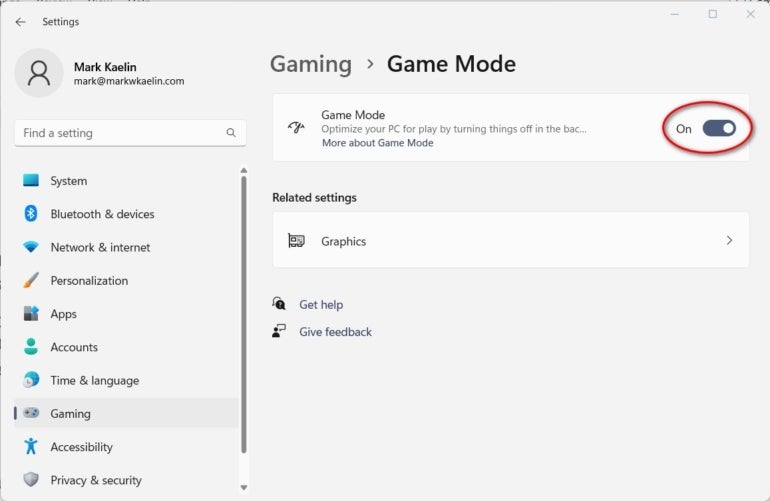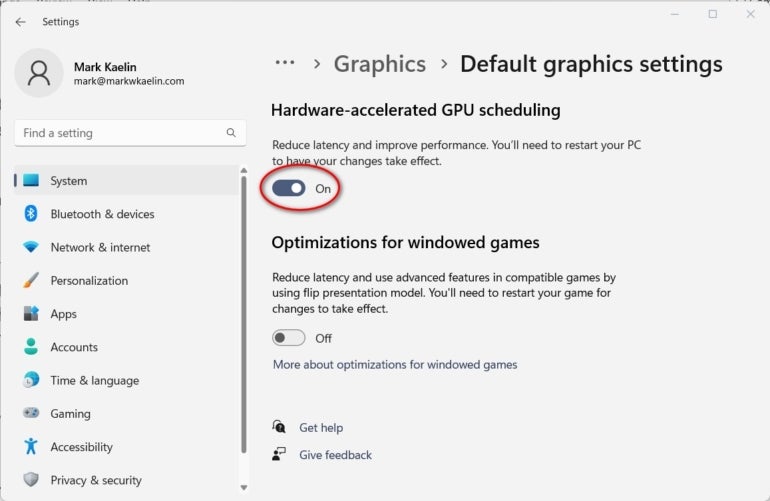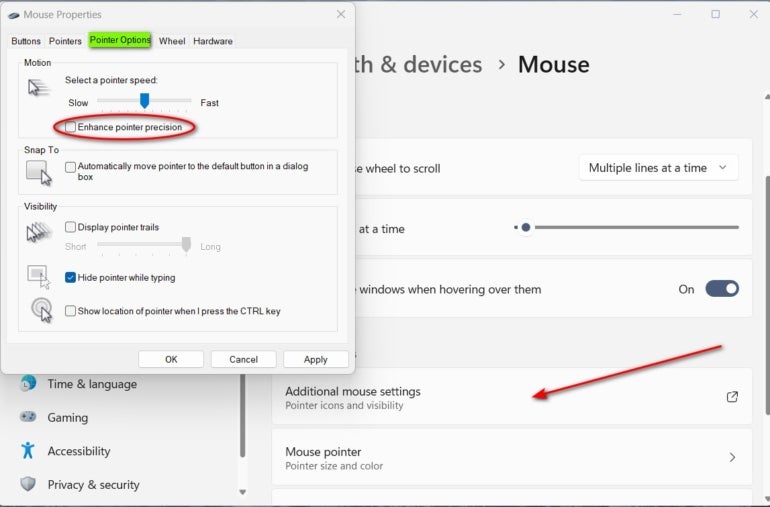It didn’t take long for Microsoft’s new AI-infused search engine chatbot — codenamed “Sydney” — to display a growing list of discomforting behaviors after it was introduced early in February, with weird outbursts ranging from unrequited declarations of love to painting some users as “enemies.”
As human-like as some of those exchanges appeared, they probably weren’t the early stirrings of a conscious machine rattling its cage. Instead, Sydney’s outbursts reflect its programming, absorbing huge quantities of digitized language and parroting back what its users ask for. Which is to say, it reflects our online selves back to us. And that shouldn’t have been surprising — chatbots’ habit of mirroring us back to ourselves goes back way further than Sydney’s rumination on whether there is a meaning to being a Bing search engine. In fact, it’s been there since the introduction of the first notable chatbot almost 50 years ago.
In 1966, MIT computer scientist Joseph Weizenbaum released ELIZA (named after the fictional Eliza Doolittle from George Bernard Shaw’s 1913 play Pygmalion), the first program that allowed some kind of plausible conversation between humans and machines. The process was simple: Modeled after the Rogerian style of psychotherapy, ELIZA would rephrase whatever speech input it was given in the form of a question. If you told it a conversation with your friend left you angry, it might ask, “Why do you feel angry?”
Ironically, though Weizenbaum had designed ELIZA to demonstrate how superficial the state of human-to-machine conversation was, it had the opposite effect. People were entranced, engaging in long, deep, and private conversations with a program that was only capable of reflecting users’ words back to them. Weizenbaum was so disturbed by the public response that he spent the rest of his life warning against the perils of letting computers — and, by extension, the field of AI he helped launch — play too large a role in society.
ELIZA built its responses around a single keyword from users, making for a pretty small mirror. Today’s chatbots reflect our tendencies drawn from billions of words. Bing might be the largest mirror humankind has ever constructed, and we’re on the cusp of installing such generative AI technology everywhere.
But we still haven’t really addressed Weizenbaum’s concerns, which grow more relevant with each new release. If a simple academic program from the ’60s could affect people so strongly, how will our escalating relationship with artificial intelligences operated for profit change us? There’s great money to be made in engineering AI that does more than just respond to our questions, but plays an active role in bending our behaviors toward greater predictability. These are two-way mirrors. The risk, as Weizenbaum saw, is that without wisdom and deliberation, we might lose ourselves in our own distorted reflection.
ELIZA showed us just enough of ourselves to be cathartic
Weizenbaum did not believe that any machine could ever actually mimic — let alone understand — human conversation. “There are aspects to human life that a computer cannot understand — cannot,” Weizenbaum told the New York Times in 1977. “It’s necessary to be a human being. Love and loneliness have to do with the deepest consequences of our biological constitution. That kind of understanding is in principle impossible for the computer.”
That’s why the idea of modeling ELIZA after a Rogerian psychotherapist was so appealing — the program could simply carry on a conversation by asking questions that didn’t require a deep pool of contextual knowledge, or a familiarity with love and loneliness.
Named after the American psychologist Carl Rogers, Rogerian (or “person-centered”) psychotherapy was built around listening and restating what a client says, rather than offering interpretations or advice. “Maybe if I thought about it 10 minutes longer,” Weizenbaum wrote in 1984, “I would have come up with a bartender.”
To communicate with ELIZA, people would type into an electric typewriter that wired their text to the program, which was hosted on an MIT system. ELIZA would scan what it received for keywords that it could flip back around into a question. For example, if your text contained the word “mother,” ELIZA might respond, “How do you feel about your mother?” If it found no keywords, it would default to a simple prompt, like “tell me more,” until it received a keyword that it could build a question around.
Weizenbaum intended ELIZA to show how shallow computerized understanding of human language was. But users immediately formed close relationships with the chatbot, stealing away for hours at a time to share intimate conversations. Weizenbaum was particularly unnerved when his own secretary, upon first interacting with the program she had watched him build from the beginning, asked him to leave the room so she could carry on privately with ELIZA.
Shortly after Weizenbaum published a description of how ELIZA worked, “the program became nationally known and even, in certain circles, a national plaything,” he reflected in his 1976 book, Computer Power and Human Reason.
To his dismay, the potential to automate the time-consuming process of therapy excited psychiatrists. People so reliably developed emotional and anthropomorphic attachments to the program that it came to be known as the ELIZA effect. The public received Weizenbaum’s intent exactly backward, taking his demonstration of the superficiality of human-machine conversation as proof of its depth.
Weizenbaum thought that publishing his explanation of ELIZA’s inner functioning would dispel the mystery. “Once a particular program is unmasked, once its inner workings are explained in language sufficiently plain to induce understanding, its magic crumbles away,” he wrote. Yet people seemed more interested in carrying on their conversations than interrogating how the program worked.
If Weizenbaum’s cautions settled around one idea, it was restraint. “Since we do not now have any ways of making computers wise,” he wrote, “we ought not now to give computers tasks that demand wisdom.”
Sydney showed us more of ourselves than we’re comfortable with
If ELIZA was so superficial, why was it so relatable? Since its responses were built from the user’s immediate text input, talking with ELIZA was basically a conversation with yourself — something most of us do all day in our heads. Yet here was a conversational partner without any personality of its own, content to keep listening until prompted to offer another simple question. That people found comfort and catharsis in these opportunities to share their feelings isn’t all that strange.
But this is where Bing — and all large language models (LLMs) like it — diverges. Talking with today’s generation of chatbots is speaking not just with yourself, but with huge agglomerations of digitized speech. And with each interaction, the corpus of available training data grows.
LLMs are like card counters at a poker table. They analyze all the words that have come before and use that knowledge to estimate the probability of what word will most likely come next. Since Bing is a search engine, it still begins with a prompt from the user. Then it builds responses one word at a time, each time updating its estimate of the most probable next word.
Once we see chatbots as big prediction engines working off online data — rather than intelligent machines with their own ideas — things get less spooky. It gets easier to explain why Sydney threatened users who were too nosy, tried to dissolve a marriage, or imagined a darker side of itself. These are all things we humans do. In Sydney, we saw our online selves predicted back at us.
But what is still spooky is that these reflections now go both ways.
From influencing our online behaviors to curating the information we consume, interacting with large AI programs is already changing us. They no longer passively wait for our input. Instead, AI is now proactively shaping significant parts of our lives, from workplaces to courtrooms. With chatbots in particular, we use them to help us think and give shape to our thoughts. This can be beneficial, like automating personalized cover letters (especially for applicants where English is a second or third language). But it can also narrow the diversity and creativity that arises from the human effort to give voice to experience. By definition, LLMs suggest predictable language. Lean on them too heavily, and that algorithm of predictability becomes our own.
Next Week AI Will Tell On It Self Of How It Will Dominate The World!! The Blog Will Be Written By AI About AI.
Stay Tuned!!
Have A Great Week From All Of Us At Zoha Islands / Fruit Islands
Share this:
- Click to share on Facebook (Opens in new window)
- Click to share on Twitter (Opens in new window)
- Click to share on LinkedIn (Opens in new window)
- Click to share on Pinterest (Opens in new window)
- Click to share on Tumblr (Opens in new window)
- Click to share on Reddit (Opens in new window)
- Click to email a link to a friend (Opens in new window)
- Click to print (Opens in new window)













